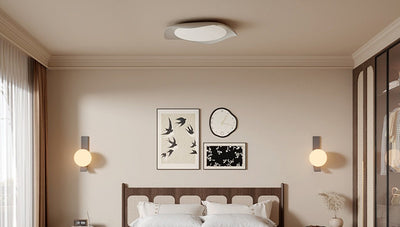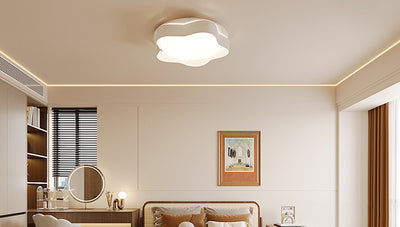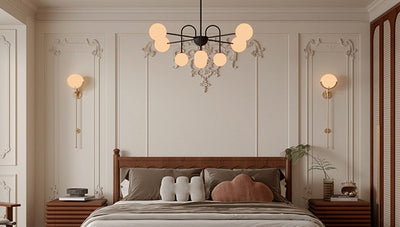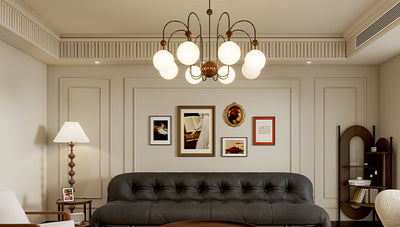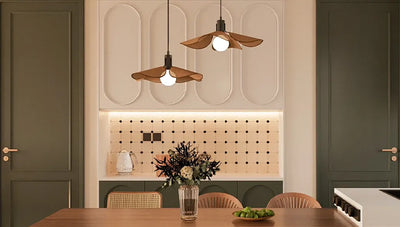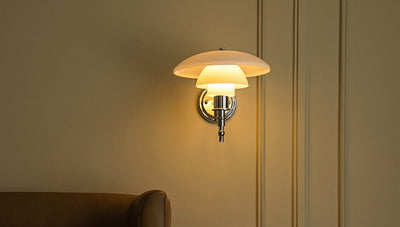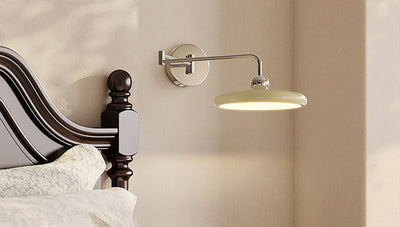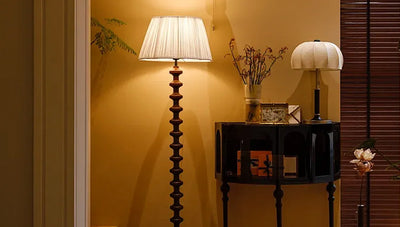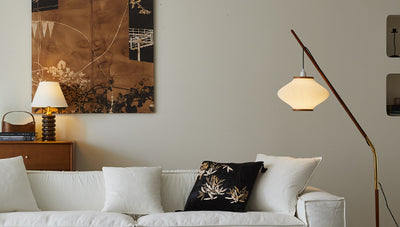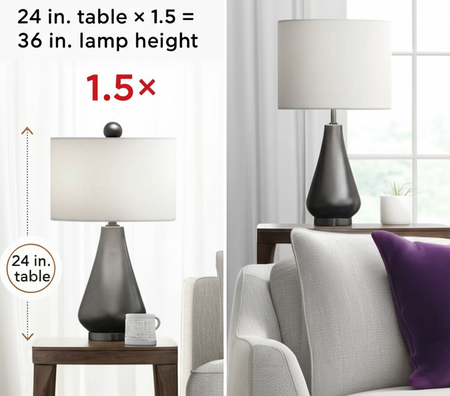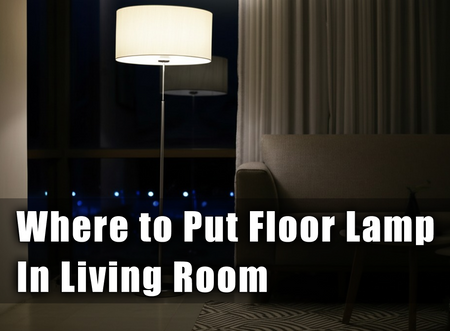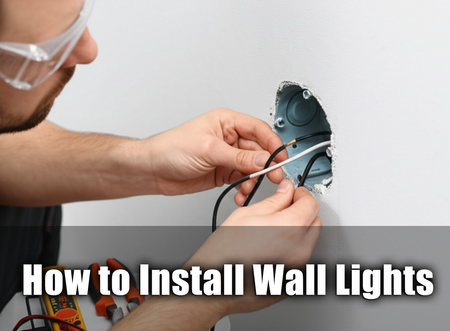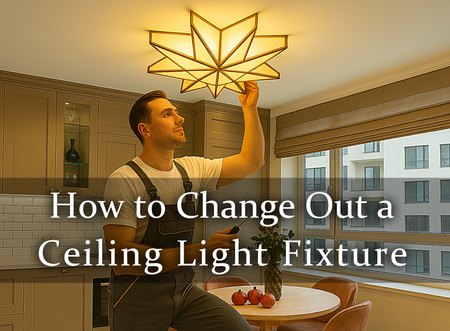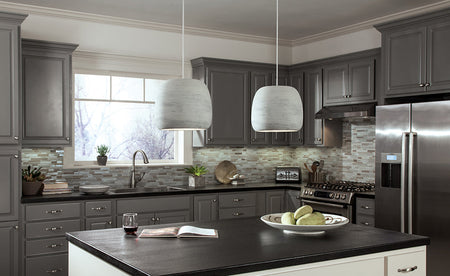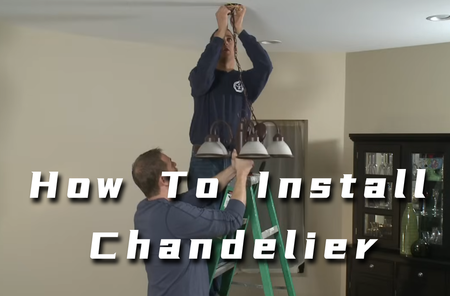So you’ve bought that perfect chandelier — now comes the big question: how to install chandelier? You’re probably picturing tangled wires, wobbly ladders, and a light fixture crashing down like a bad sitcom scene. Relax. You don’t need to be an electrician or a home improvement guru to pull this off.
Think of this guide as the friend who’s done it before and won’t let you mess up. We’ll walk you through picking the right chandelier, getting the tools that actually matter, and installing it safely — without calling Uncle Bob who “used to do construction.”
What to Check Before You Install Chandelier?
Before you install a chandelier, it’s crucial to check your space, ceiling, and wiring. This ensures a safe setup and saves time and money later.
Ceiling strength and mounting type
A chandelier isn’t a lightweight wall clock—it needs solid support.
- If your ceiling is made of drywall, it must have a mounting bracket connected to a stud or joist.
- For concrete or plaster, use heavy-duty anchors.
- Check if your junction box is rated for heavy fixtures.
💡 Pro tip: Never rely on toggle bolts alone. They’re great for paintings, not hanging 20 lbs of metal and glass.
Pre-installation electrical safety check
Messing with electricity? Nah, don’t wing it. Safety first:
- Turn off the circuit breaker to the room.
- Use a voltage tester to double-check no current is flowing.
- Inspect the wiring—look for damage or frays.
- Confirm the ground wire is present and intact.
- Use safety glasses and gloves when working.

“Home DIY doesn’t mean ignoring safety,” says Greg Nolan, certified lighting technician. “Always test before you touch.”
Room height for chandelier fit
This part is where form meets function.
- Ceiling height determines your chandelier height and hanging length.
- Standard rule: leave at least 7 feet of floor clearance, or 30-34 inches above a dining table.
- Use a measuring tape or scale ruler to calculate drop with chain or downrod adjustments.
Here’s a quick reference guide:
| Ceiling Height (ft) | Recommended Chandelier Height (in) | Suggested Hanging Length (in) |
|---|---|---|
| 8 | 20–24 | 30–34 (above table) |
| 10 | 25–30 | 36–40 |
| 12 | 30–36 | 40–44 |
How to Choose the Right Chandelier?
Choosing the perfect chandelier isn’t just about looks—it’s about lighting, size, and energy savings too. Let’s break down what matters when buying one.
Chandelier size by room type
Getting the scale and proportion right is key to visual harmony. A chandelier that’s too large can overwhelm a space; too small, and it vanishes.
- For rooms under 100 sq. ft., keep the fixture size between 17–20 inches in diameter.
- For larger rooms (200+ sq. ft.), consider fixtures over 30 inches wide.
- Don't forget ceiling height—higher ceilings may need tiered chandeliers for proper lighting coverage.
Pro Tip: Measure your room dimensions, and add width + length (in feet), then convert to inches to find an ideal chandelier diameter.
Matching chandelier to interior style
Your chandelier should feel like part of the family—not the odd guest.
- Love that farmhouse charm? Go for wooden or distressed metal fixtures.
- Into modern minimalism? Clean lines, geometric shapes, and metallic finishes win.
- Got a thing for boho vibes? Look for woven or natural materials.
Don’t just follow trends—pick a chandelier that reflects your space’s interior design and your own personality.
Lighting type and brightness needs
Lighting isn’t just pretty—it’s practical. Your chandelier should support the right brightness and function.
- Use LEDs for longevity and energy savings.
- Lumens tell you how bright it is—aim for 300–400 lumens per 100 sq. ft. for ambient lighting.
- For a dining area, dimmable ambient lighting works best.
- In a foyer or hallway, pair with accent lighting for mood.
Choosing energy-efficient chandeliers
Let’s be real—energy bills are no joke. Thankfully, chandeliers don’t have to be power hogs.
Switch to LED chandeliers that offer the same brightness at a fraction of the wattage. Look for:
| Feature | Traditional Fixture | Energy-Efficient Fixture |
|---|---|---|
| Average Wattage (per bulb) | 60W | 8–12W |
| Bulb Lifespan | ~1,000 hrs | ~25,000 hrs |
| Energy Star Certified | Rare | Common |
Choosing eco-friendly lighting technology not only lowers your electricity cost, but also reduces environmental impact. Go green without sacrificing style!
Tools for Chandelier Installation
Getting ready to install your chandelier? Before climbing the ladder, make sure you've got the right tools in your corner. Here's what you really need.
Must-have chandelier installation tools
You don’t want to start hanging a chandelier and realize you’re missing a crucial tool. Here’s your no-nonsense checklist of essentials:
- Screwdriver – Phillips and flat-head both come in handy.
- Drill – For ceiling anchors and brackets.
- Wire strippers & connectors – For prepping and linking wires.
- Voltage tester – To make sure the power’s off (don’t skip this).
- Ladder – Preferably tall and sturdy.
- Safety gear – Gloves, safety glasses.
- Electrical tape – For securing connections.
"Even experienced installers double-check their toolkits. A missing wire stripper can stall an entire install," says Mark R., certified home electrician.
Optional tools for better efficiency
Sure, you could get the job done without these—but why make life harder?
- Level – No one likes a tilted chandelier.
- Measuring tape – For perfect centering.
- Stud finder – Helps avoid guesswork in ceiling mount placement.
- Fish tape – Handy if wires need rerouting.
- Chain pliers & S-hooks – Adjusting height without frustration.
- Wire crimper & cable ties – Tidy wiring = happy future you.
Steps to Install Chandelier Safely
Installing a chandelier isn’t just about hanging it up—it’s about doing it right and safe. Follow each step carefully to ensure your fixture looks great and stays secure.
-
Turn off power before installation
Electricity is no joke. First things first—cut the power. Locate your circuit breaker and flip off the relevant switch. Double-check with a voltage tester to confirm the power source is dead.
⚠️ Safety tip: Always wear protective gloves and keep tools away from live power cords or outlets.
-
Install mounting bracket securely
You don’t want your chandelier crashing down at dinner. Here’s how to lock it in place:
- Use a stud finder to locate a solid anchor point in the ceiling.
- Mark and drill holes for the mounting bracket, using wall anchors if necessary.
- Secure it with screws, then check alignment with a level.
The fixture weight depends on solid support—don’t skimp here.
-
Connect chandelier wiring correctly
Let’s get wired—properly. First, identify your hot wire, neutral wire, and ground wire using a wiring diagram or instructions.
- Strip the wires with a wire stripper
- Use wire nuts or wire connectors to secure connections
- Wrap connections in electrical tape
- Follow local electrical code and safety standards
Mess this up and it’s not just flickering lights—you’re talking fire hazards.
-
Final fixture check and testing
You’re almost there. Time to test it out:
- Inspect the fixture for any loose wiring connections
- Install the light bulbs and lamp shade
- Restore power from the circuit breaker
- Flip the switch and check brightness, alignment, and functionality
Run a complete visual inspection and make sure everything feels stable. If it flickers or smells burnt—shut it down immediately.
Mistakes When You Install Chandelier
Installing a chandelier is exciting—but a few common mistakes can ruin the vibe fast. Here's what to avoid to keep your install smooth and safe.
Overloading an unsupported ceiling box
Using a ceiling box not rated for heavy fixtures? That’s a recipe for disaster. Most standard boxes are made for lightweight lamps, not chandeliers. If you exceed the weight limit (often around 50 lbs), you risk an electrical overload or worse—structural damage from a fixture crash. Always check if your junction box is fan-rated or reinforced with a support bracket.
| Fixture Type | Avg. Weight (kg) | Box Type Needed |
|---|---|---|
| Mini Pendant | 1.5 | Standard |
| Medium Chandelier | 7.2 | Fan-Rated |
| Crystal Chandelier | 15.5 | Heavy-Duty |
Skipping the wiring double-check
- Turn off the circuit breaker.
- Strip and connect wires: hot, neutral, and ground.
- Use a multimeter or continuity tester to confirm proper flow.
Failing to check your wiring connections can result in short circuits, electrical shock, or even a fire hazard. Don't just twist and tape—double-check! And please, don’t forget the ground wire. It’s there for your safety, not decoration.
Installing without correct height clearance
Yo, hanging your chandelier too low? That’s gonna be a head-bumper, or worse, a heat trap.
Whether it's a ceiling fan, lamp shade, or just your 6’4” cousin, not accounting for height clearance can lead to obstructions and ventilation issues. You also risk heat damage from bulbs too close to the ceiling or nearby objects. Always measure and maintain a safe distance according to building code—usually 30–36 inches above a dining table, and 7 feet off the floor in open spaces.
Where to Buy Chandelier and Kits?
Ready to buy your chandelier? Here's where to shop for trusted lighting, parts, and full chandelier kits—both online and in-store.
Whether you're after a luxe crystal chandelier or a basic chandelier canopy kit, here’s where buyers usually go:
- Wowoh Lighting – Perfect if you want to see chandelier styles in person. Experts can help with chain length or bulb matching.
- Online retailer – Amazon, Wayfair, or Lamps Plus offer huge variety, reviews, and bundles like chandelier kits with everything included.
- Home improvement store – Think Lowe’s or Home Depot. Great for picking up essentials like lighting hardware, chandelier chain, or mounting kits.
- Electrical supply store – A hidden gem for serious DIYers. You’ll find heavy-duty mounts, chandelier canopy kits, and wiring parts not always found elsewhere.
- Antique shop – Love vintage vibes? These stores are ideal for finding classic or crystal prism chandeliers with unique charm.
Pro Tip: Compare total costs—including chain, canopy kit, and shipping—before clicking “buy.” A deal isn't a deal if it’s missing critical parts!

FAQs About Installing Chandeliers
- How heavy can a chandelier be?
Chandeliers can range from 5 to over 400 pounds.
- Standard ceiling mounts and electrical boxes typically hold up to 50 lbs.
- For heavier lighting fixtures, install a brace bar or fan-rated box.
- Always check the weight limit on your ceiling mount before buying.
- Do I need an electrician to install chandelier?
It depends on your comfort with electrical wiring.
- If your chandelier is under 50 lbs and you're familiar with wiring — go for it.
- If you're unsure or it's a large piece, hire a pro to avoid risks.
- Touching a live circuit breaker without training? Not worth it.
- DIY or not, follow safety precautions strictly.
- Can any ceiling support a chandelier?
Nope — not all ceilings can handle it!
- If your ceiling mount uses a basic electrical box, it may not support a chandelier.
- You’ll need reinforced mounting hardware for anything above 15 lbs.
- Vaulted or sloped ceilings may require angled brackets or extension rods.
- What tools do I need to install chandelier?
Time to raid the toolbox! You’ll need: • Screwdriver (flat and Phillips) • Wire stripper • Voltage tester • Ladder • Mounting hardware • Installation tools like a wrench or pliers
Don’t forget to shut off the circuit breaker before you start messing with wires.
- Is it safe to install chandelier on my own?
If you’re handy and follow proper safety precautions, yes — but only for simpler jobs.
- Don’t try DIY if the electrical wiring looks old or damaged.
- Larger chandeliers might need a second person to help.
- Watch for ceiling wobble — it means the electrical box isn’t secure. "DIY's great until you're dangling a lighting fixture with one hand and Googling with the other," a Reddit user jokes.
Conclusion
Hanging a chandelier isn’t rocket science, but it’s also not something you wing on a Sunday afternoon. Think of it like assembling a fancy coffee machine—if you prep right, it works like a charm and looks great doing it. From checking your ceiling strength to wiring it up safely, the details matter.
“Safety is doing it right, even when no one is looking.” That’s not just electrician talk—it’s your best bet for keeping your home lit and secure. So don’t skip the prep, the tools, or the double-checks.
Now that you’ve got the know-how, go grab that perfect chandelier and make your space shine. Or, if you’re still on the fence, a quick call to a pro never hurts.

